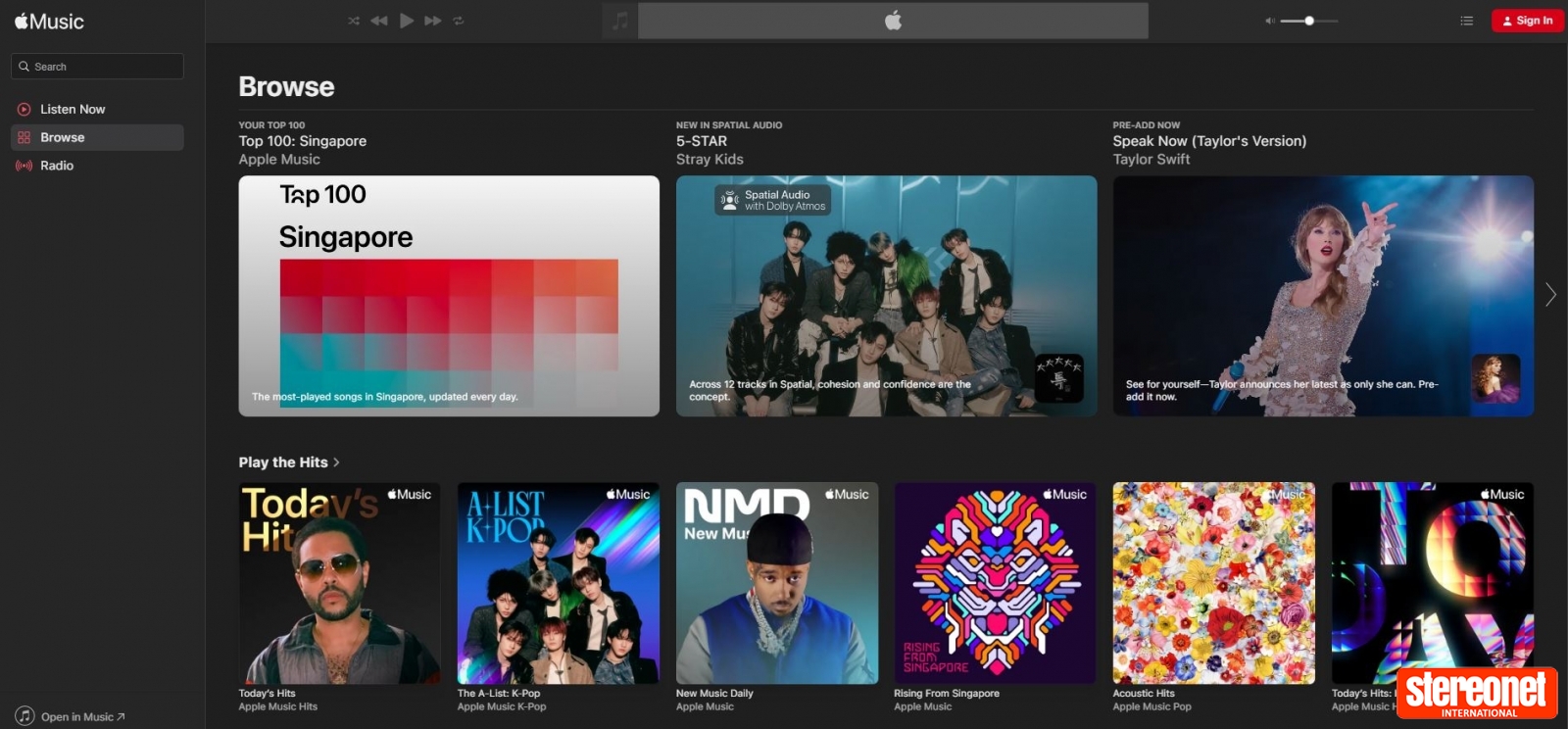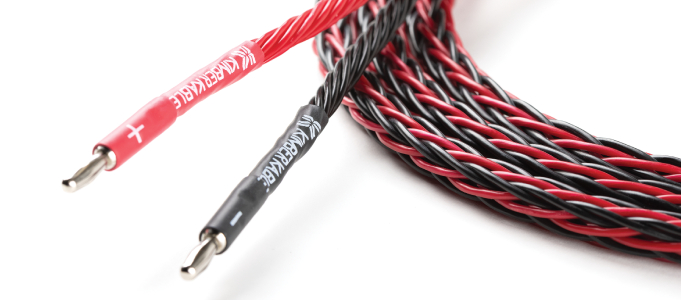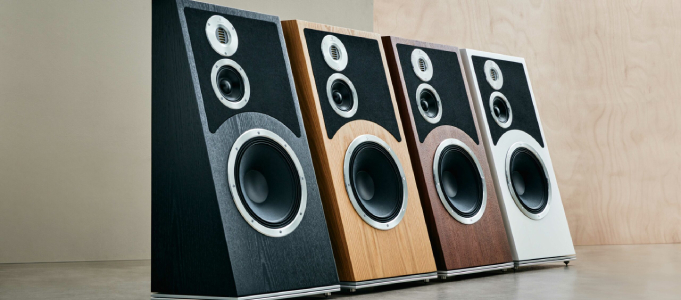Tech Talk: Do Smartphones Make Good Digital Audio Players?

Cheryl Tan discusses the pros and cons of using smartphones as serious music listening devices…
Remember the good old days when almost everybody had a Walkman or iPod to listen to music? Nowadays, you'll be lucky to find one in twenty people on the street who might have a dedicated digital audio player (DAP) in their bag or pocket. With the market shifting towards the convenience of truly wireless earphones and headphones, we've seen the same change towards using a smartphone as a source device because it's convenient, and you don't have to purchase, charge and bring out an additional – and most likely heavy – device.

GETTING CONNECTED
The first thing to consider is what gear you're using or planning to use. If you run true wireless earbuds or headphones, there's very little downside to using a smartphone as the primary source. The biggest point of consideration here is what sort of Bluetooth codecs the phone in question supports. For iPhones, it's not great. There's only support for SBC and AAC, both of which are lossy codecs. If you have hi-res files, you might be better off with an Android phone that supports Bluetooth codecs, such as Sony's LDAC, which offers up to 24-bit streaming with a maximum bitrate of 990kbps, or aptX Adaptive.
However, if you're using wired in-ear monitors (IEMs) or headphones, you'll realise that most phones nowadays have dropped the 3.5mm analogue headphone port, meaning you'll need an external dongle at the very least to plug in your gear. These are far from perfect and can seriously impair sound quality. For a bit more juice, there are external DAC/amp options that provide a bump in power, although that's one more device that needs to be kept charged and carried around, as well as an added expense. Additionally, if you're using a cable with a 2.5mm or 4.4mm balanced termination, then you might be shoehorned into buying a pricier adapter, as most of the standard adapters are for 3.5mm.

Next, let's talk about quality, starting with Bluetooth. It's a foregone conclusion that quality is affected, at least to some degree, if you're using wireless equipment. Technological advances have reduced this by a considerable amount, but if you're running with SBC and AAC codecs, then you'll undoubtedly be able to notice the difference in terms of track layering, detail retention and more. With LDAC, the sound quality improves considerably, and we recommend using this whenever possible.
There's also aptX Lossless, part of the Snapdragon Sound feature, but it's rolling out incredibly slowly. As of right now, there are only 67 phone models shown as supporting Snapdragon Sound on aptX's website, and most of them come from brands like Xiaomi, Vivo, Nubia, ZTE, Moto and Motorola, which might not be readily available in every country around the world. The two brands on the list that are bigger and more likely available are Asus and Sony, but this is still a relatively small number, with only 27 earbuds and three pair of headphones listed to be supporting the feature…
Using wired gear definitely helps sound quality since it bypasses the lossy nature of Bluetooth, and most IEMs should be driven just fine by the phone. However, performance benefits from a bit more power if available, which DAPs do provide and smartphones typically don't. An external amp might need to come into play if you plan on using especially inefficient high-end headphones. However, those don't fit the assumption that we're using a smartphone as a DAP for convenience when we're out and about.

STREAM ON
Now, let's move on to the actual music files themselves. In the name of convenience, plenty of people nowadays subscribe to streaming services, whether that's for movies and shows, gaming or music. It's a massive market, with the Recording Industry Association of America reporting that music streaming revenue was at an all-time high of US$13.3 billion in 2022, which made up 84% of the annual recorded music revenue in the USA in 2022, with physical sales (CDs and vinyl) coming in at US$1.7 billion, or 11%.

It is little wonder why. Instead of having to buy a CD, bring it home, rip it and then transfer the files to your phone or audio player, you can just subscribe to a service, search for the song or album and play it immediately or even download it for offline listening. Providing you have a good data connection, it is a highly convenient way to listen to your favourite music – and there's no shortage of competition between streaming plans, either…
Before we get to our picks for streaming services, there's something to keep in mind. If you're planning on streaming music with an Android phone and connecting a USB DAC, it will likely not be bit-perfect. Android OS, unfortunately, resamples digital audio to 48kHz, downsampling everything higher and even upsampling if the track is CD-standard 44.1kHz. This is an unnecessary extra layer of signal processing, which can potentially degrade the sound – even if any change is likely to be subtle. There are workarounds like UAPP, Poweramp, Neutron and such, but it's a point to consider.

Tidal offers hi-res 24-bit/96kHz tracks (with 24/192 tracks also available) and MQA files at the highest tier of its subscription, although the middle 'Tidal HiFi' plan does also offer access to tracks at CD quality (FLAC, 1411kbps). On the other hand, Apple Music offers lossless tracks (16/44) across its entire catalogue of over 100 million songs and hi-res lossless at 24/192, all at a single price point. That's a massive selling point. As long as you're happy to pay for it, you'll be able to get the best quality the service offers.
Another advantage is that Apple Music offers Dolby Atmos (otherwise known as spatial audio on the app), and it works with third-party gear, so you don't have to buy a pair of AirPods to get it. Unfortunately, the problem here is that if you're using Apple Music on an iPhone, you're limited to the AAC codec. If you're using Apple Music on an Android phone with aptX Adaptive or LDAC, then you're in luck!

There's also Amazon Music, although your circumstances might vary as the service isn't available in every country – including Singapore, for example, from where I am writing this feature. With tracks starting at CD-quality bitrate of 16/44 if you subscribe to the Unlimited tier, you can definitely get hi-res tracks on this service as well.
We cannot leave out Spotify! Unfortunately, this service still does not offer a lossless option, although the 'Spotify HiFi tier' was supposed to launch at the end of 2021. As such, the tracks are still capped at 320kbps, meaning we cannot recommend this service if you're looking for hi-res tracks. However, Spotify does excel in its music recommendation algorithms, so if you're not fussed about the track quality and want to broaden your musical horizons, this could still be a possible option.

THE VERDICT
The truth is that modern smartphones can make good digital audio players but are highly dependent on what other gear you're planning to run with them – or your personal situation. For short trips out and about, using your phone is more convenient than bringing out a separate DAP. But if I had to take a sixteen-hour flight, I'd be thinking about bringing a DAP and wired gear with me to avoid draining my phone and wireless earbud batteries.
There's definitely still a case to be made for digital audio players in this day and age, as evidenced by Sony, FiiO, Astell&Kern and other companies continuing to push out excellent products. If one has the money, the audio quality will be better with a dedicated DAP, which will most likely offer balanced outputs for the wired purists. But if you're looking for the most convenient solution to listen to your music, there's nothing wrong with your trusty smartphone and good Bluetooth gear.
Headphones and Portable Audio Discussion Forum
Cheryl Tan
After diving down the custom IEMs rabbit hole since she was 18, Cheryl has embarked on a long journey trying out as many audio products as possible ever since. She’s still waiting for the day a company can create a pair of true wireless earbuds that sound just as good as wired earphones.
Posted in:Headphones Lifestyle Music
JOIN IN THE DISCUSSION
Want to share your opinion or get advice from other enthusiasts? Then head into the Message Forums where thousands of other enthusiasts are communicating on a daily basis.
CLICK HERE FOR FREE MEMBERSHIP






